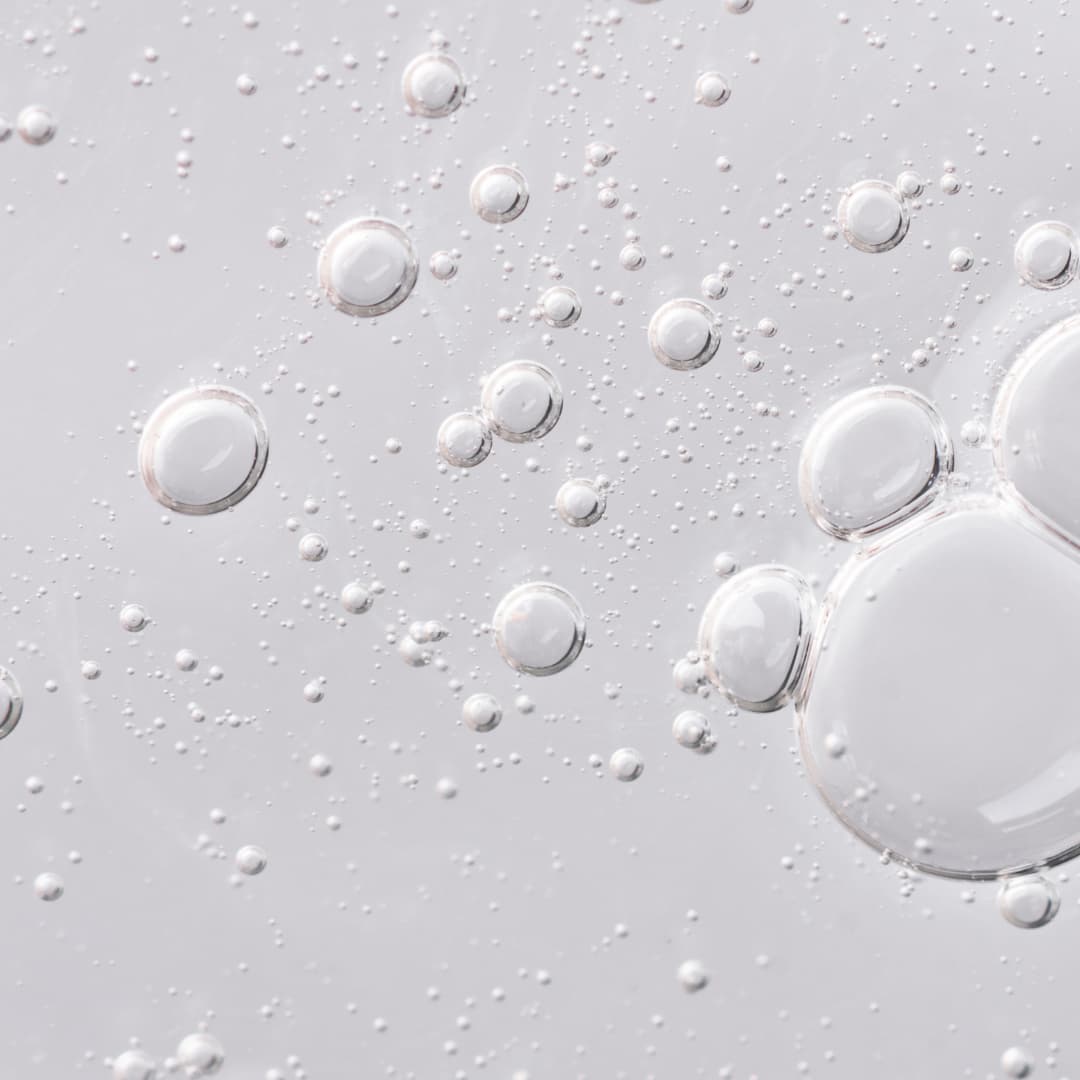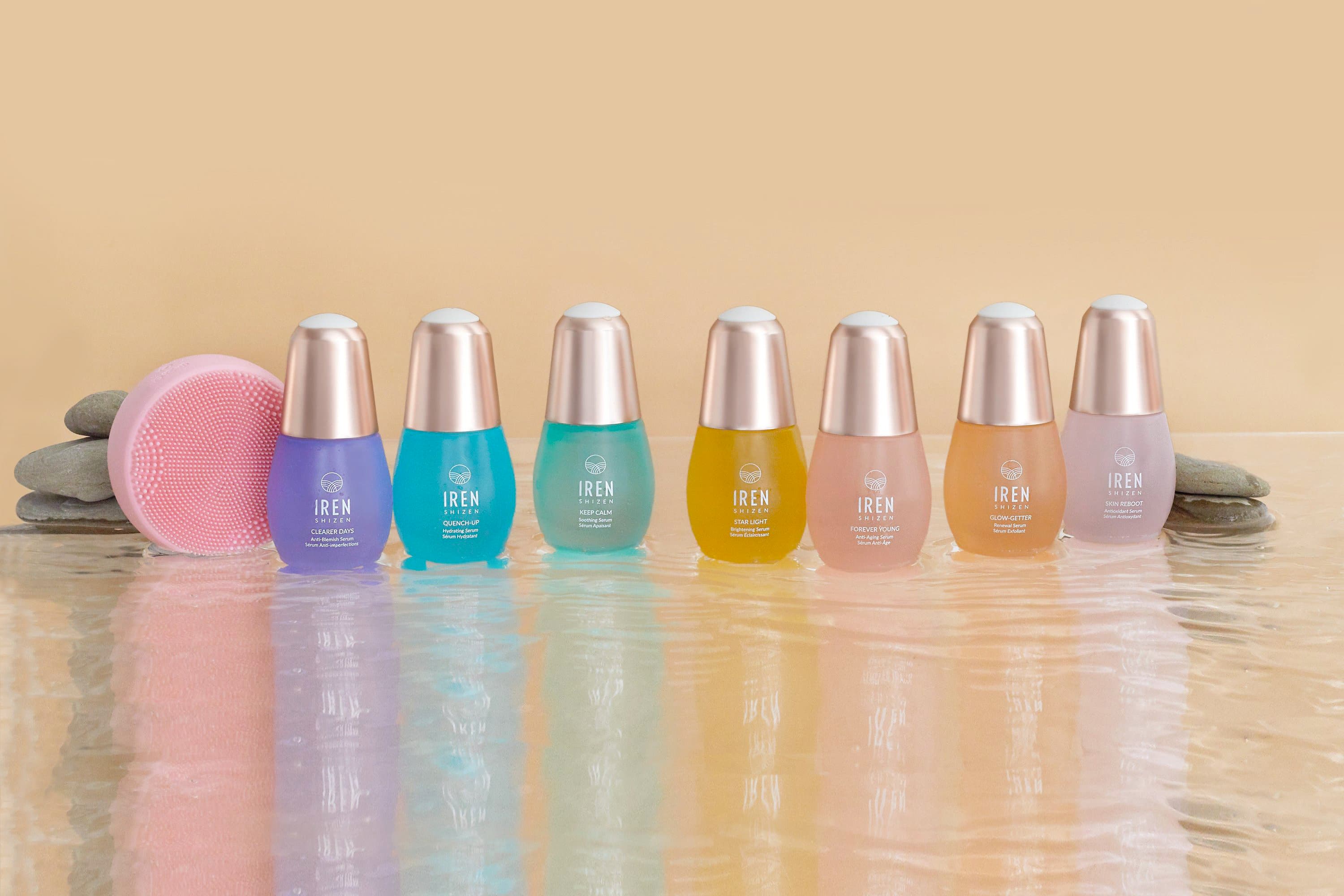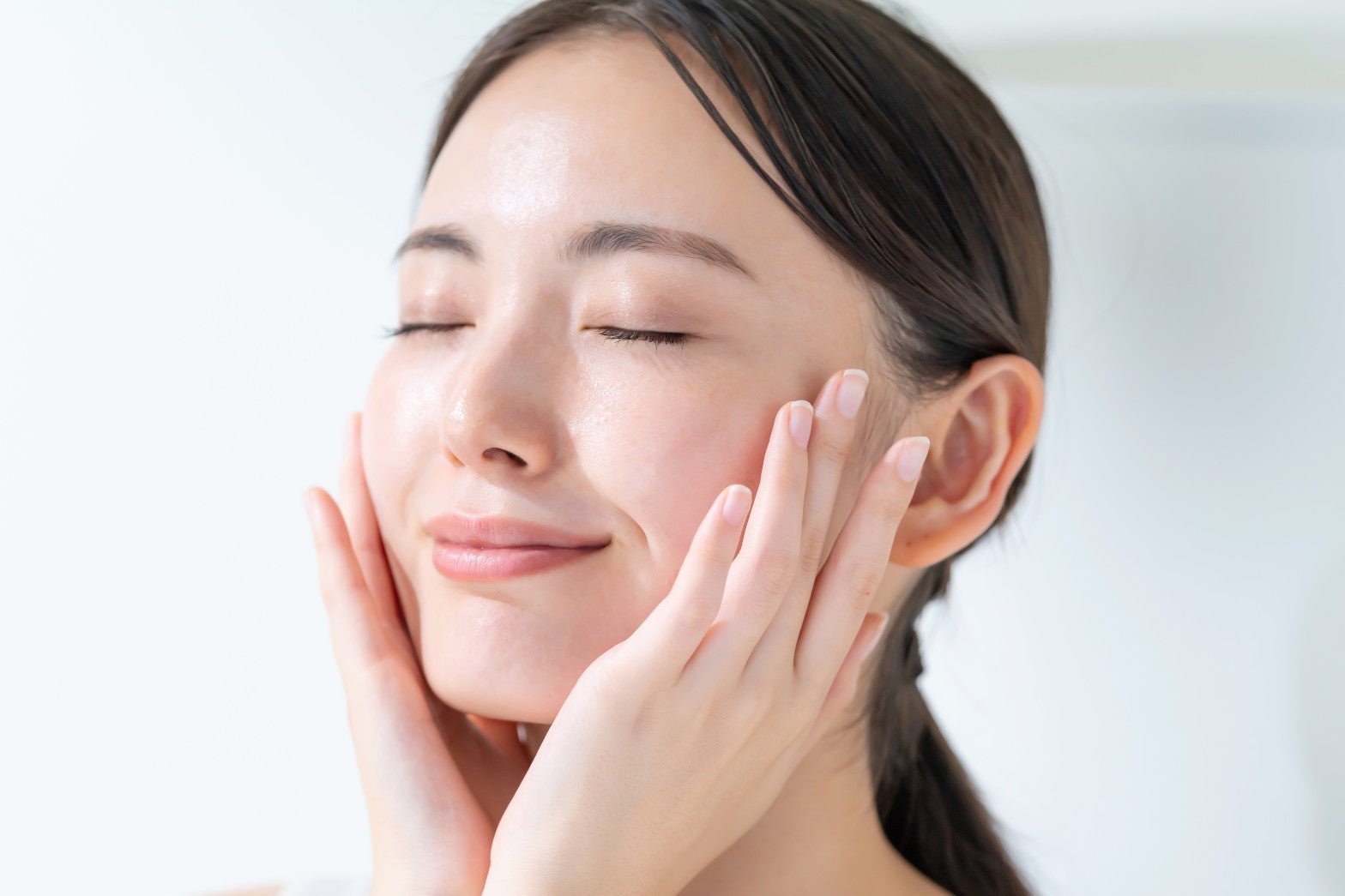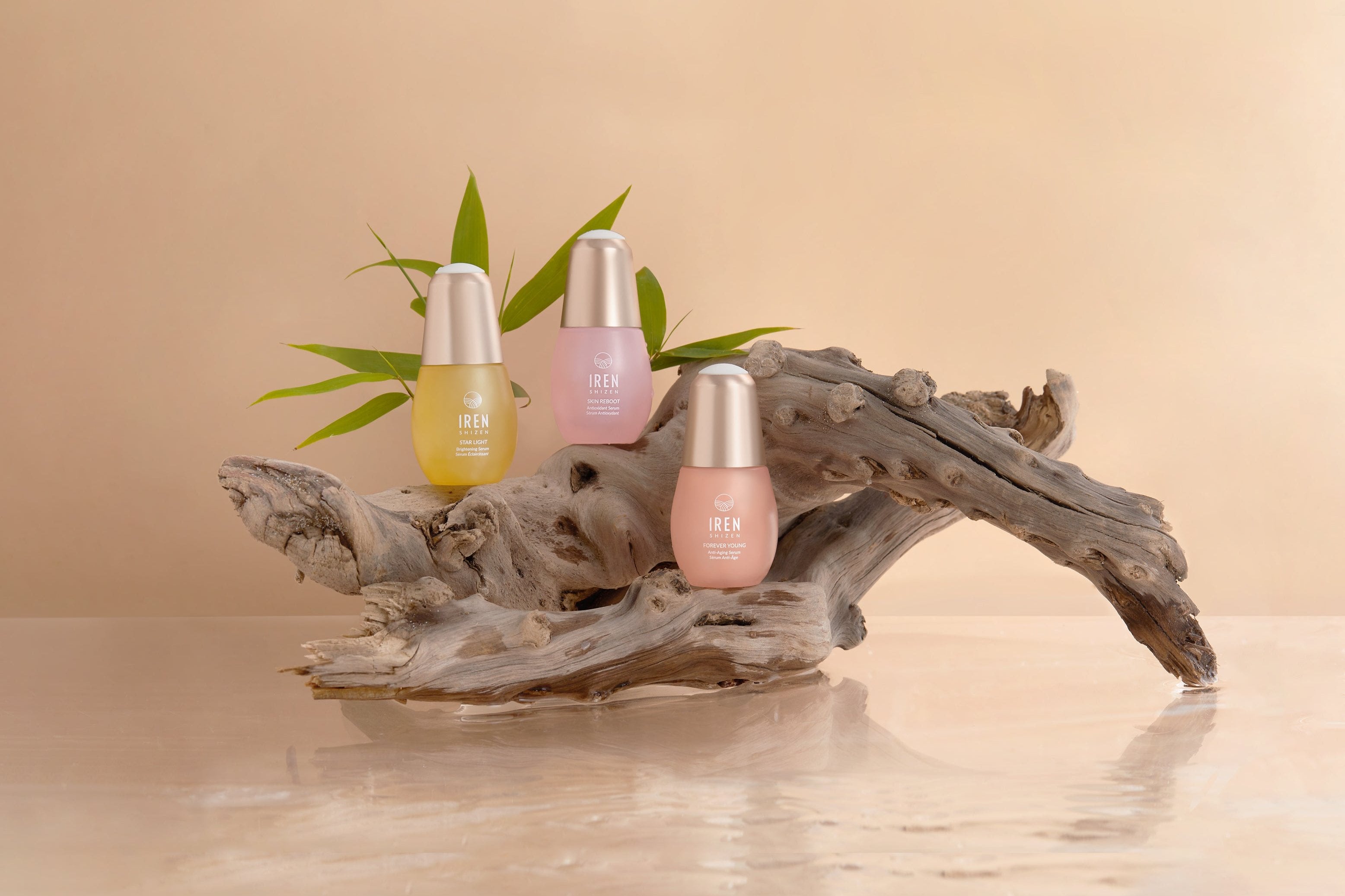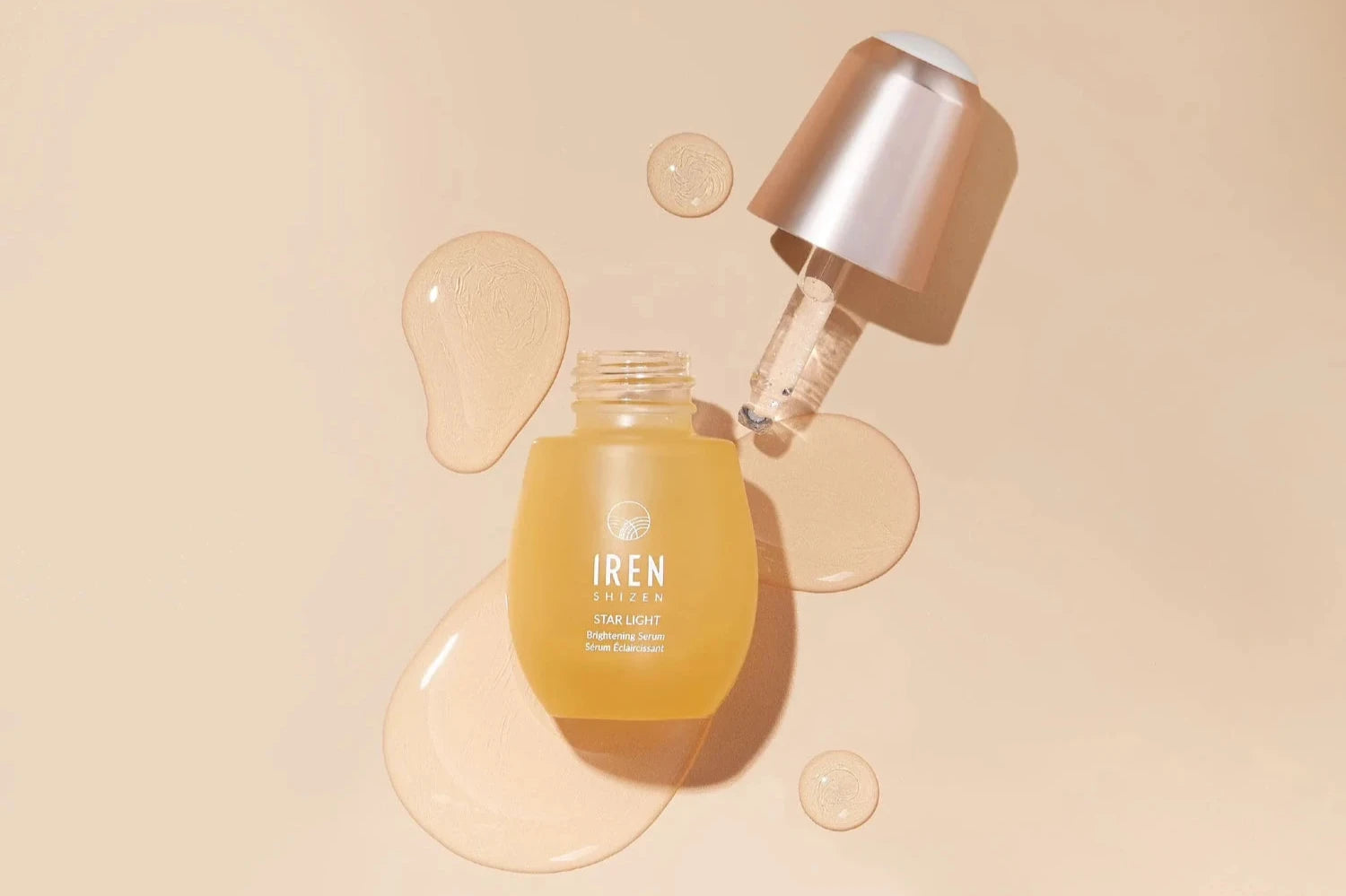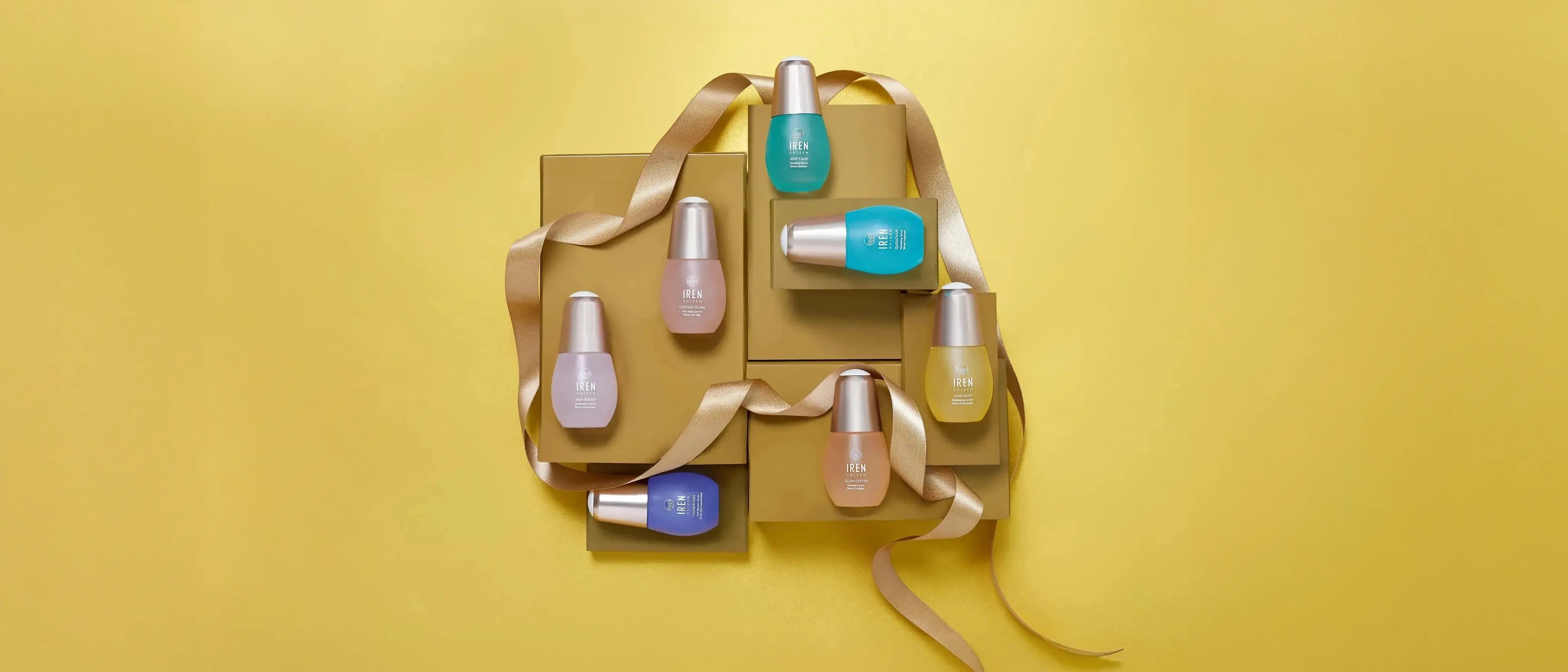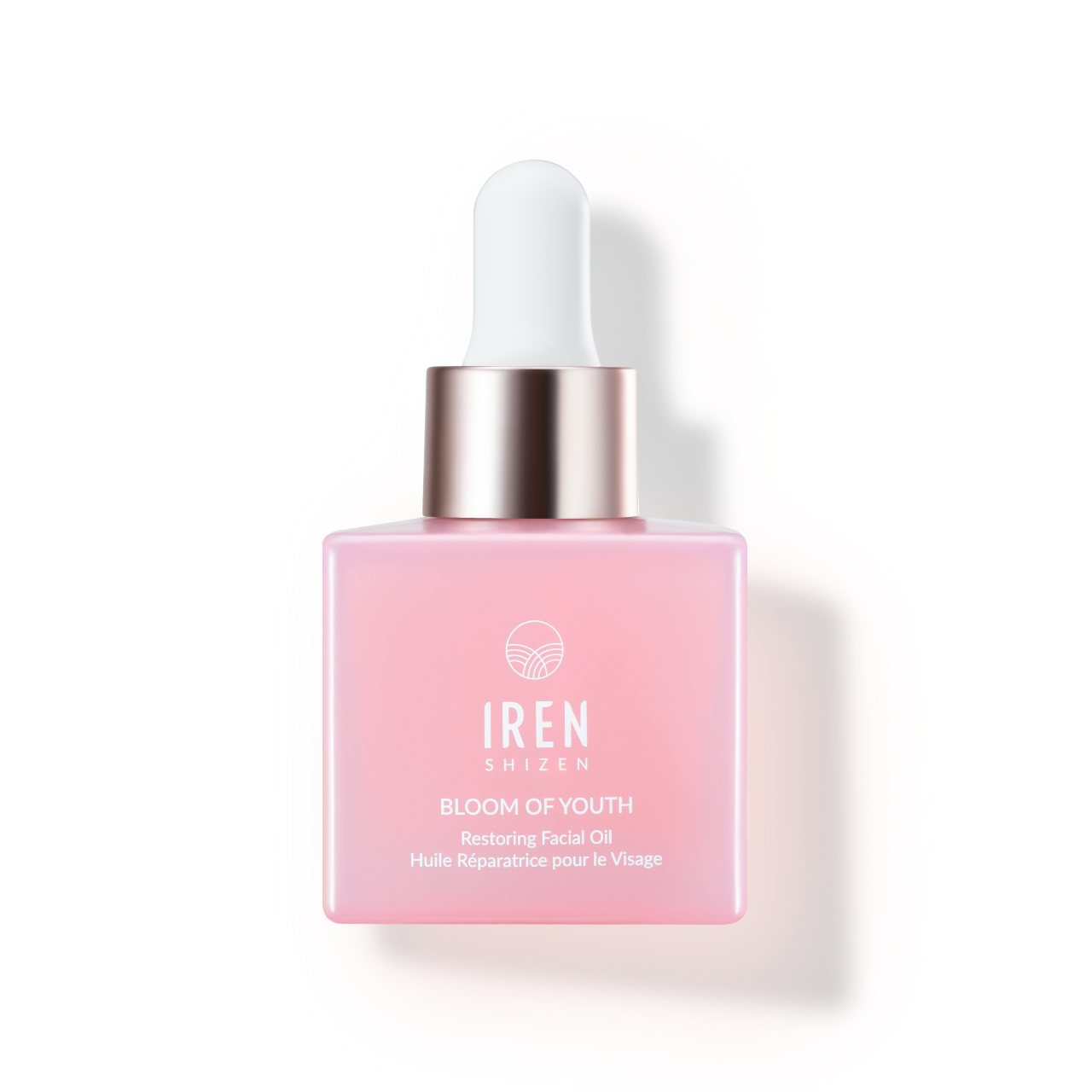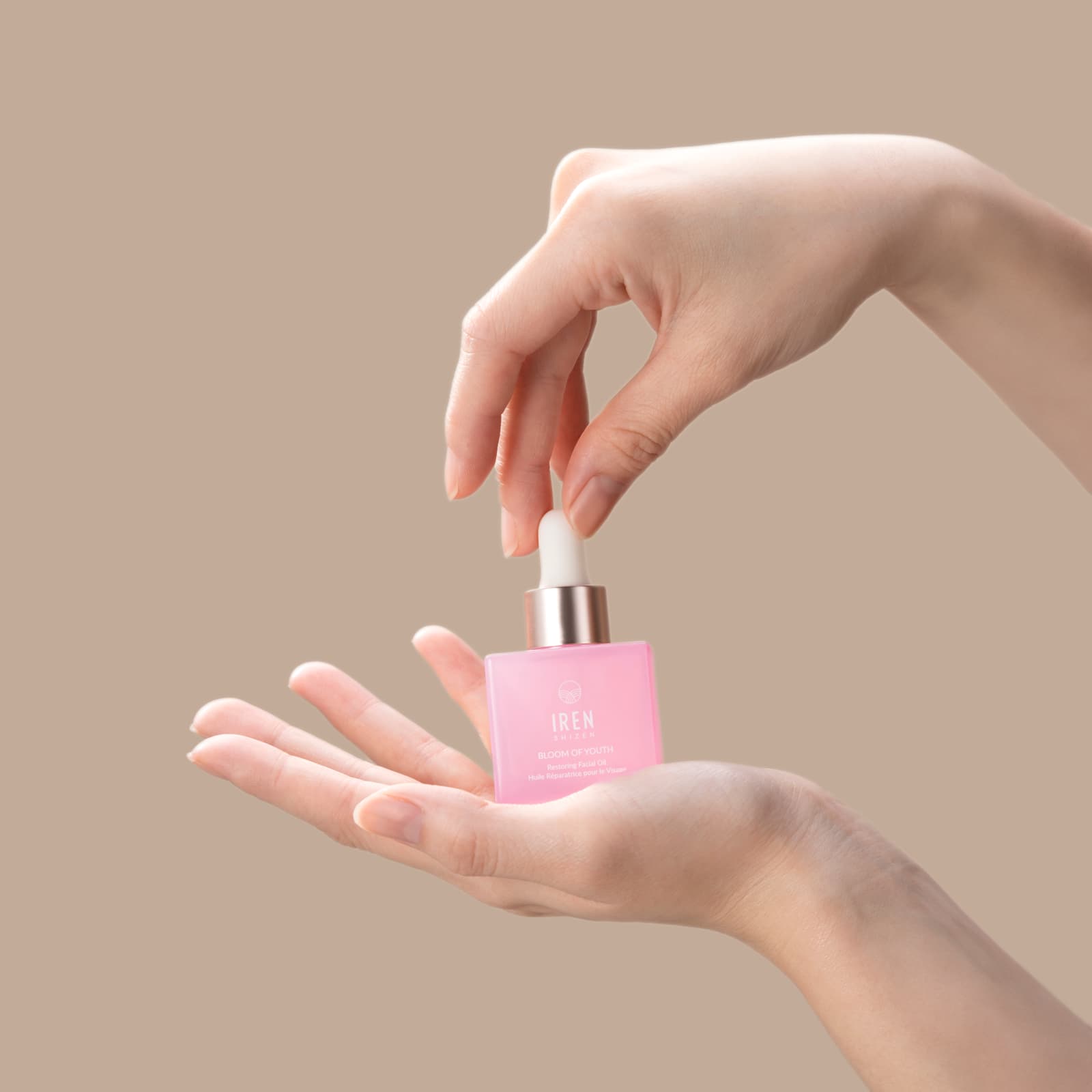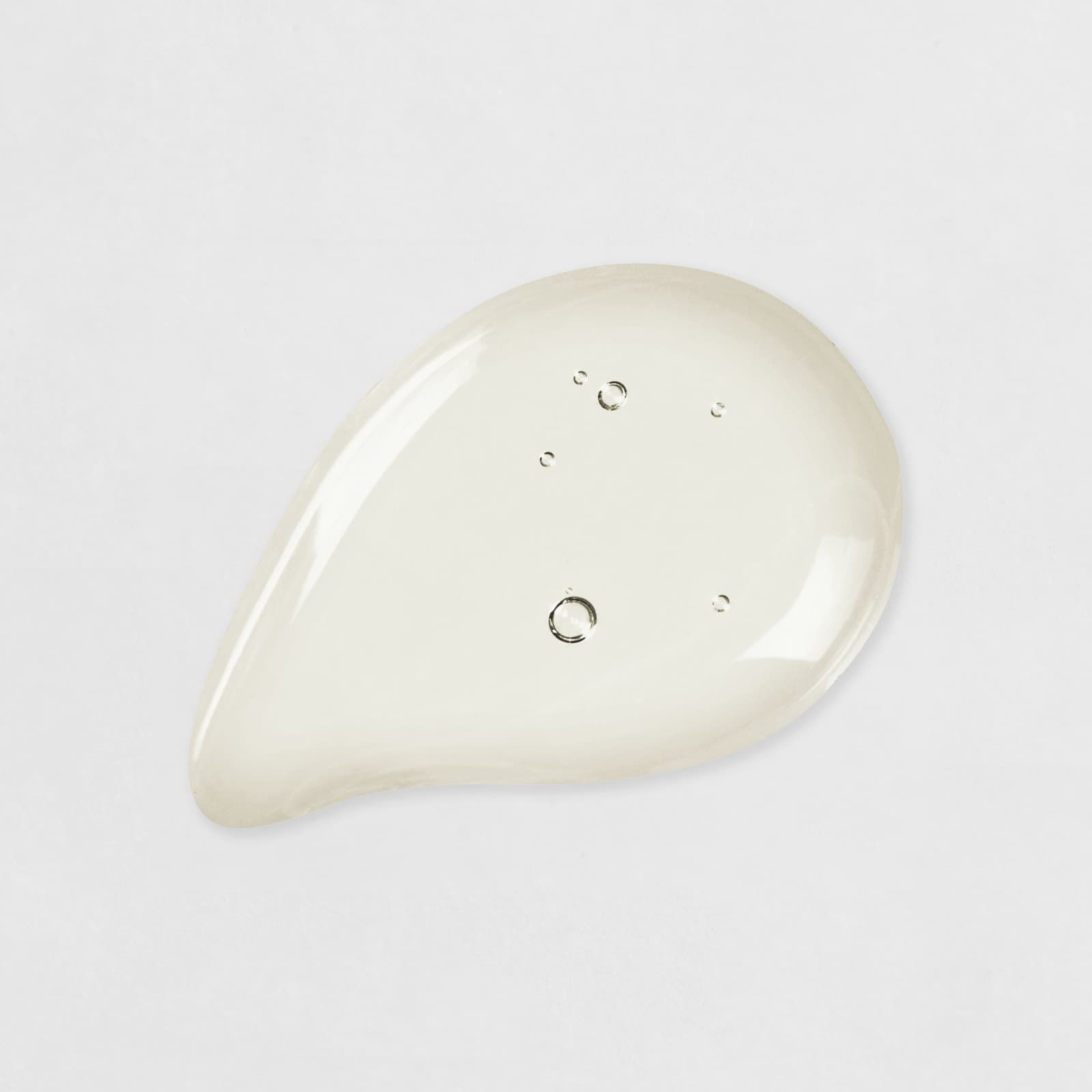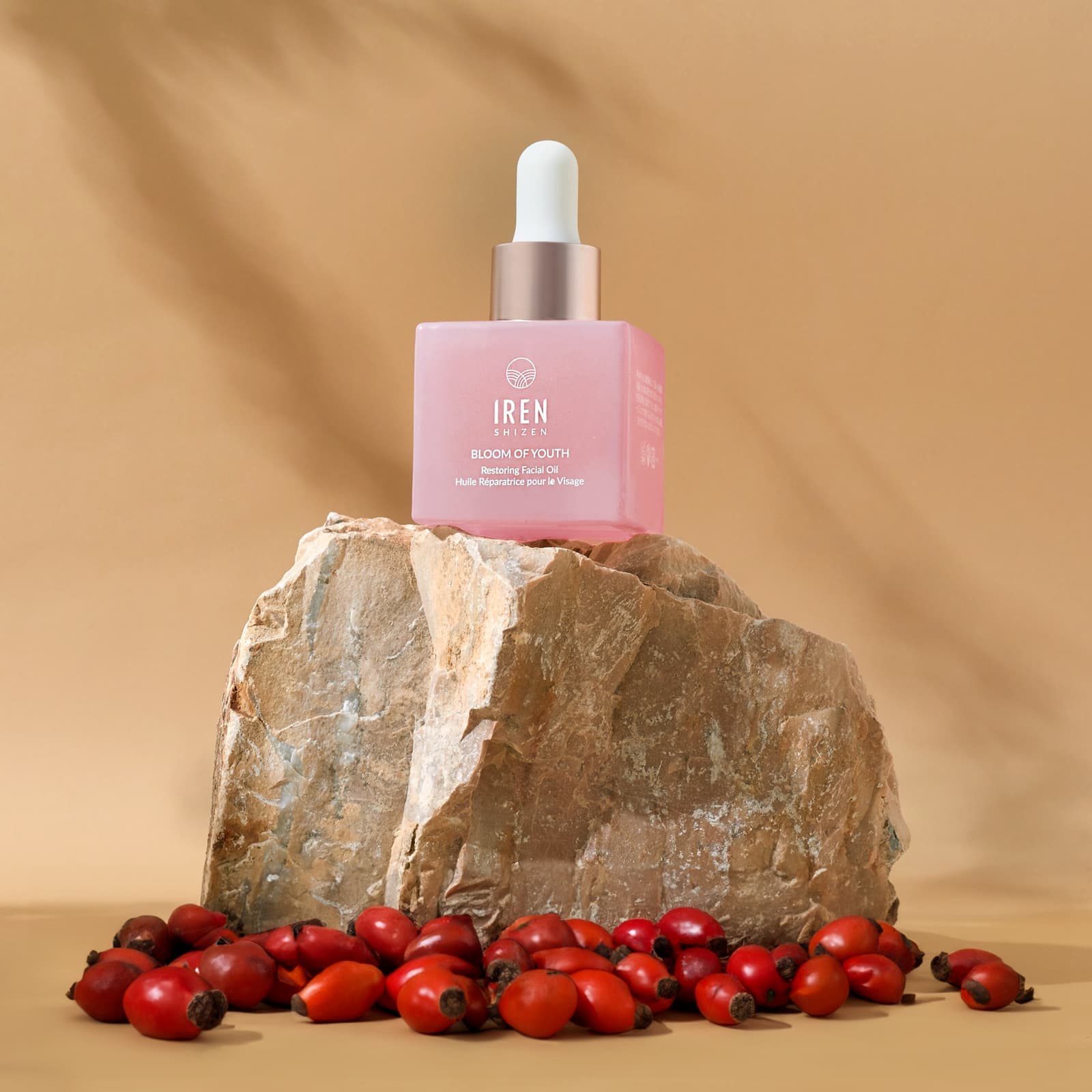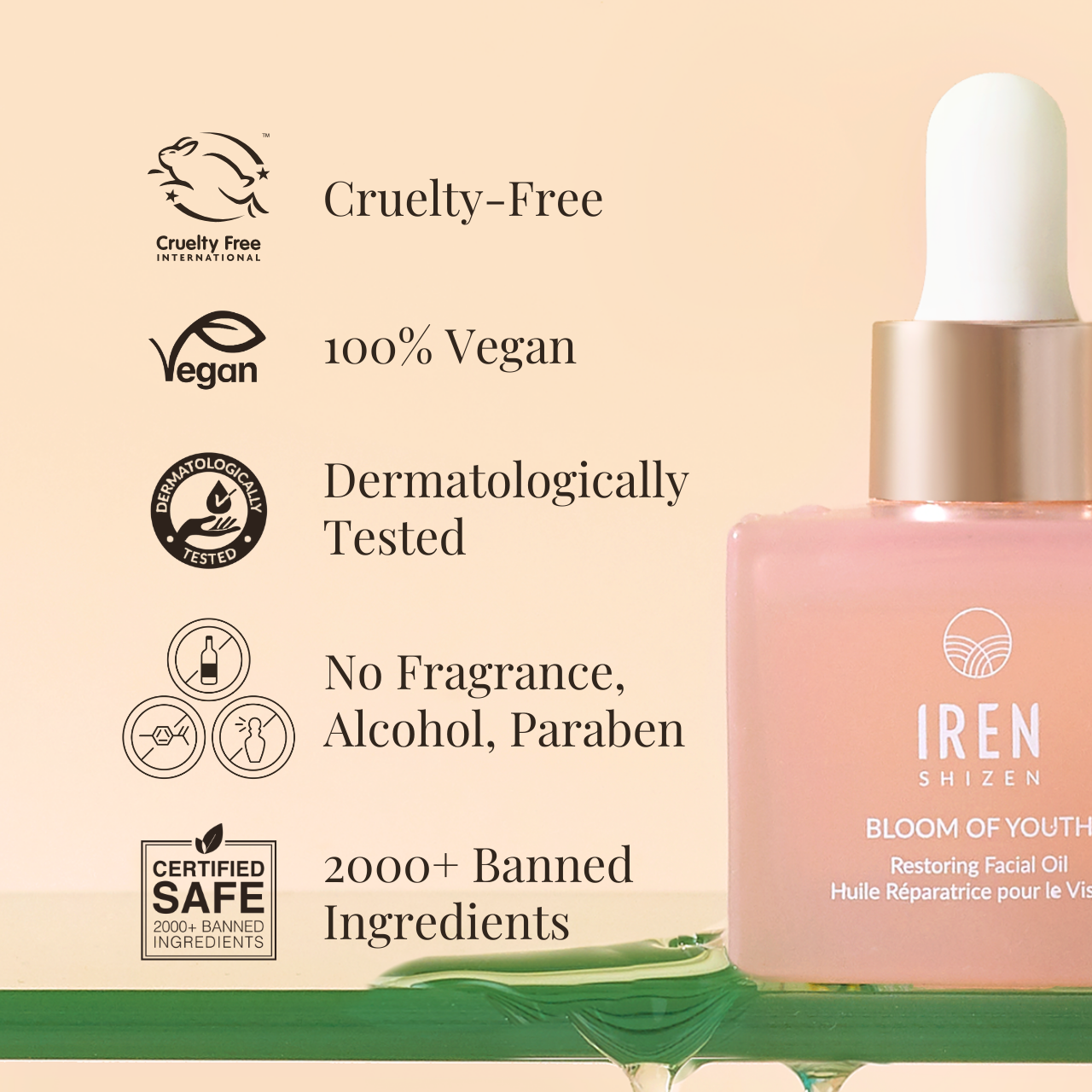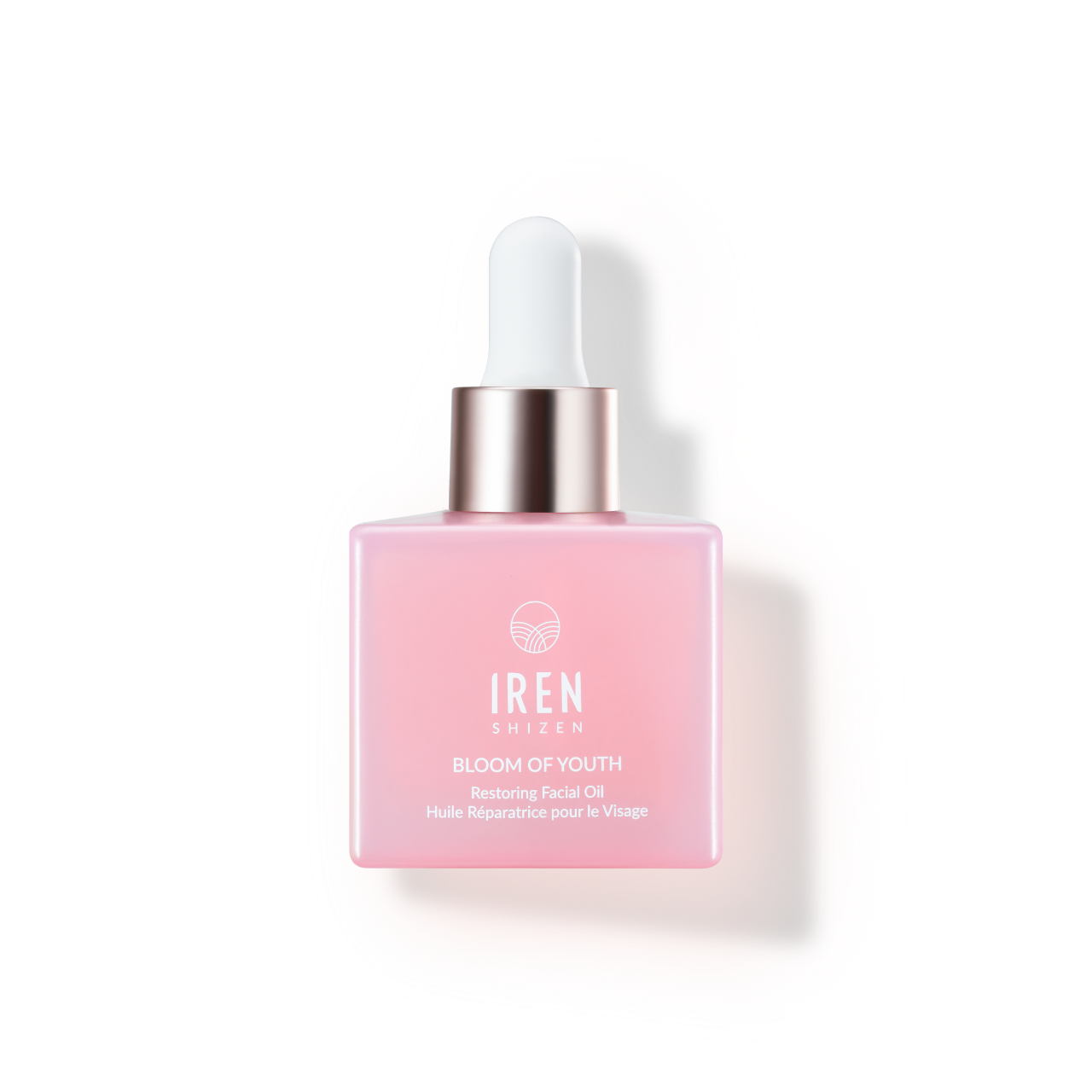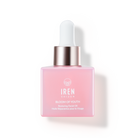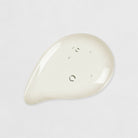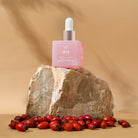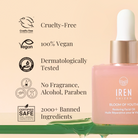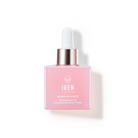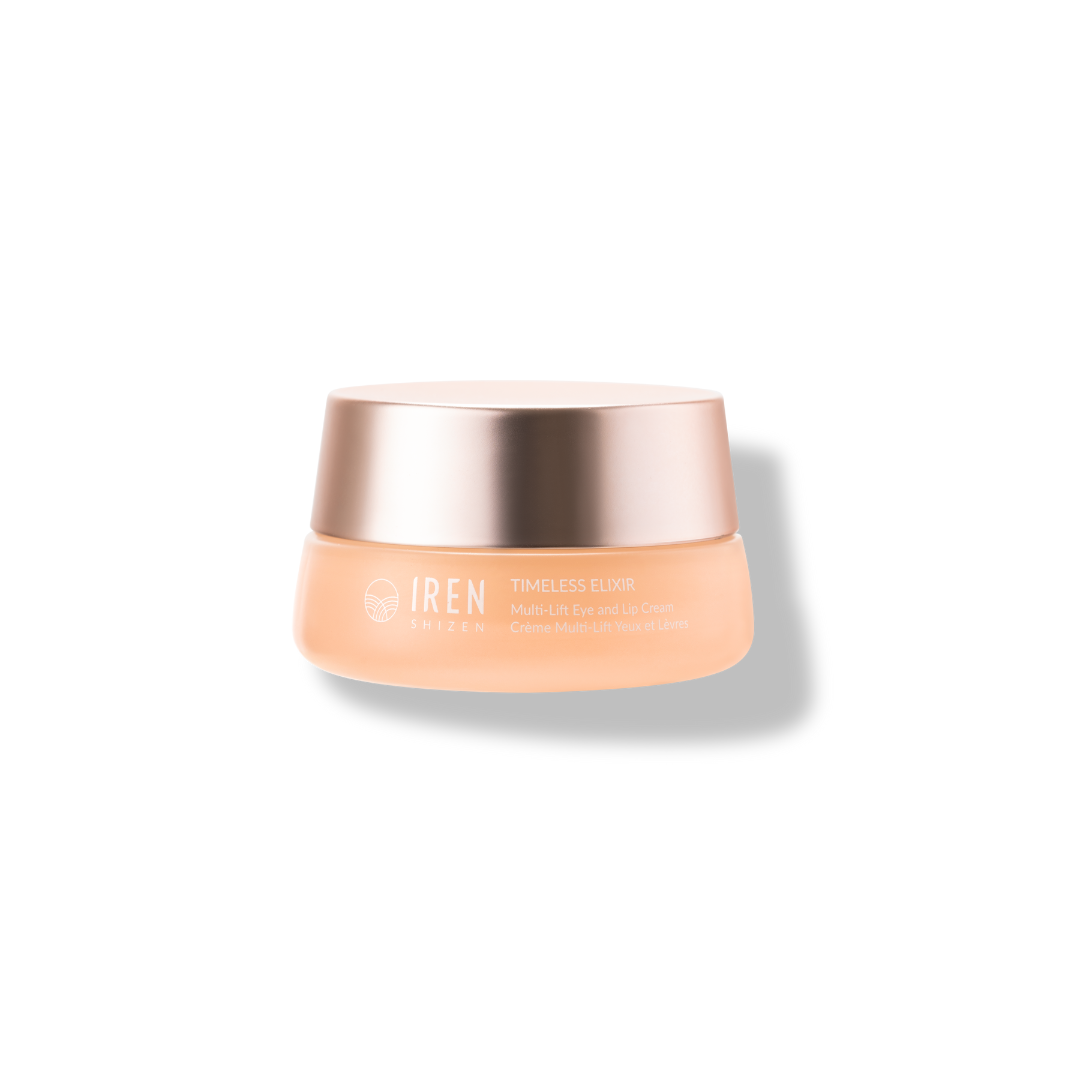HISTORY
Prebiotics and postbiotics are essential components in the quest for healthier, more resilient skin, and Bacillus Ferment is a key player in this domain. The history of Bacillus Ferment is deeply rooted in ancient Japanese traditions, particularly in the fermentation of soybeans to produce natto, a dish celebrated for its health benefits. This meticulous fermentation process, perfected over centuries, involves Bacillus subtilis, a bacterium that is instrumental in producing Bacillus Ferment.
Bacillus Ferment has not only enriched the Japanese diet but also paved the way for its application in skincare due to its prebiotic and postbiotic properties. Japanese beauty rituals, known for their emphasis on natural and holistic care, have long utilized fermented products. This seamless transition from food to skincare highlights the versatility and efficacy of Bacillus Ferment, making it a staple in modern skincare formulations.
SCIENCE
Prebiotics are non-digestible compounds that serve as food for beneficial microorganisms, promoting the growth of good bacteria on the skin. When applied topically, prebiotics like those found in Bacillus Ferment help maintain a balanced and healthy skin microbiome by nourishing these beneficial bacteria. This balanced microbiome is crucial for protecting against harmful pathogens and environmental stressors, ensuring a stable and resilient skin barrier.
Postbiotics, on the other hand, are the metabolic byproducts produced by probiotics (beneficial bacteria). These byproducts include peptides, enzymes, and organic acids, which have various beneficial effects on the skin. Bacillus Ferment, with its rich content of postbiotic compounds, contributes significantly to skin health by improving the skin barrier function, increasing hydration, and reducing inflammation.
Several studies have highlighted the efficacy of Bacillus Ferment in skincare. Research has demonstrated that Bacillus Ferment can enhance skin hydration by up to 40% and improve skin elasticity by 30%. Moreover, its anti-inflammatory properties have been shown to reduce redness and irritation, making it suitable for sensitive skin types. The ability of Bacillus Ferment to act as both a prebiotic and a postbiotic underscores its multifaceted benefits and its essential role in promoting overall skin health.
REFERENCES
- De Almeida, C. V., Antiga, E., & Lulli, M. (2023). Oral and Topical Probiotics and Postbiotics in Skincare and Dermatological Therapy: A Concise Review. Microorganisms, 11(6), 1420.
- Baquerizo Nole, K. L., Yim, E., & Keri, J. E. (2014). Probiotics and prebiotics in dermatology. Journal of the American Academy of Dermatology, 71(4), 814-821.
- Swasti Rawala and Syed Azmal Ali, (2023). Probiotics and postbiotics play a role in maintaining dermal health. Food Funct., 14, 3966-3981.
